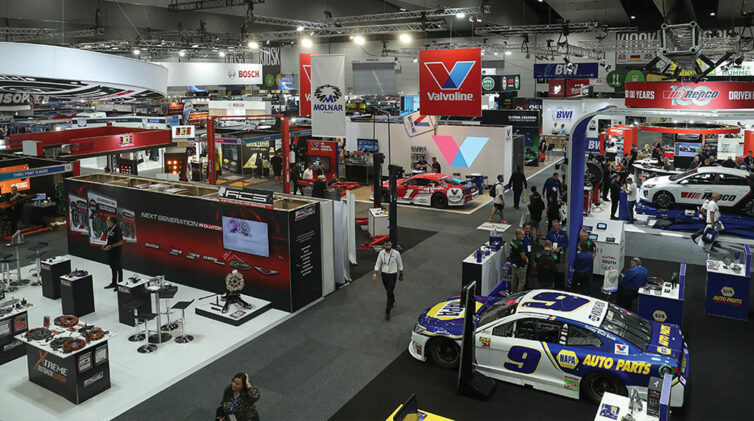While the reduction has seen a level of CO2 emissions that is almost 30 per cent less than in 2002, Australia still compares poorly with many other first-world regions and the OEMs in Australia are now saying, via the Federal Chamber of Automotive Industries (FCAI), that they want to do something about it.
The FCAI said the announcement by the prime minister Scott Morrison this week that acknowledges the need for a zero-emission commitment by 2050 parallels voluntary moves by its OEM members.
FCAI chief executive Tony Weber said the chamber’s CO2 Emissions Standard “aligns with manufacturers’ traditional position of bringing the best possible products, with the latest safety and drivetrain technologies, to the Australian market.”
The standard is voluntary and underpinned by the National Transport Commission’s latest Light Vehicle Emissions report that states that: “If everyone bought a vehicle with best-in-class emissions performance, Australia would see a 63 per cent decrease in average emissions intensity.”
Under the FCAI CO2 Emissions Standard it is estimated that cars and light SUVs will, on average, have CO2 emissions under 100 grams per kilometre (g/km CO2) and heavy SUVs and light commercials under 145g/km CO2 by 2030.
The FCAI’s newly appointed director of innovation and strategic engagement and a former Toyota Australia strategy and environment director, Peter Griffin, told GoAutoNews Premium that the Emissions Standard was fully backed by participating OEMs with the purpose of bringing about change.
“It’s a pathway in the direction of reducing CO2 outputs,” he said.
“The OEMs and the market will determine the outcome and the type of vehicles chosen.
“It will vary across each brand in terms of how they succeed in meeting the target, because of the difference in vehicles.”
Currently the National Transport Commission and Green Guide state that passenger cars and light commercial vehicles (under 3.5-tonne GVM) contribute to 10 per cent of Australia’s greenhouse gas emissions.
The FCAI says that encouraging the growth of a fuel-efficient fleet of new vehicles and mandating change will provide certainty to OEMs to enable them to plan future products for the Australian market.
Mr Griffin said government acknowledgement of the need for a target would mean Australians would be able to buy the latest, safest, and most fuel-efficient vehicles.
He said introducing all the vehicles that are considered for reducing emissions fall under the category of fuel-efficient internal combustion vehicles or electrified (EVs, PHEVs, hybrids and so on including fuel-cell) vehicles.
“But we really have to leave it to the OEMs and the market to determine which is the one that is the most palatable, the most acceptable and the most suitable,” he said.
“We are not prescribing one technology over another but encouraging buyers to make informed decisions and let the market drive the uptake of new and emerging technologies.”
Australia’s national average emissions for light vehicles in 2002 was 252.4g/km of CO2, according to the National Transport Commission. In 2019, it fell to 180.5g/km.
While the reduction is almost 30 per cent less than 2002, it compares poorly with many other first-world regions.

Peter Griffin
The average emissions intensity for new passenger vehicles in European countries was 120.4 g/km in 2018 while Japan was 114.6g/km CO2 and the US was 145.8g/km CO2.
The Australian figure given as a comparison was 180.9g/km CO2, showing a huge difference and painting Australia in a poor light for vehicle emissions. But the Australian figure includes light-commercial vehicles and the European, Japanese and US figures do not.
No passenger car figure is available for Australia as cars and LCVs have historically been grouped.
Other factors have changed the CO2 emissions level, including a drop in emissions in 2020 because of reduced vehicle activity attributed to COVID-19.
There has also been an increase in the sale of light-commercial vehicles, with utes now responsible for about 21 per cent of vehicle emissions, up from 12 per cent in 2011, because of a leap in popularity.
By Neil Dowling














 Read More: Related articles
Read More: Related articles

